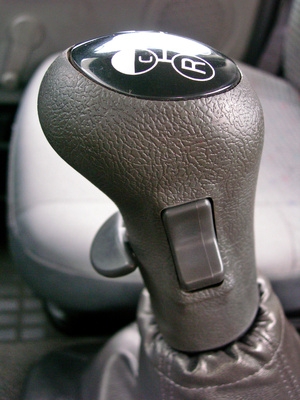
Automatic transmissions have a good deal of mystery surrounding them. The automatic transmission in your vehicle is the second most expensive single component to replace. Proper care can keep you from having to replace it too soon.
One of the first clues that you may have to replace an automatic transmission is that it is slipping. This happens when the engine revs higher, but the vehicle is not moving any faster. The vehicle may seem like the wheels are not connected to the engine, like the transmission is in neutral, and then it may catch suddenly, and drive under full power.
A harsh shift is often not the direct result of something wrong with an automatic transmission, but it is often the result of the transmission trying to protect itself from further damage. Transmissions use valves to ease the hydraulic pressure to shift smoothly and gently. If the transmission detects any number of problems, it may stop easing the pressure on, and use full pressure to reduce any slipping and further damage to the transmission. Harsh shifts can be a sign of a serious problem, but it is likely not a sign of impending failure of the transmission.
Transmission fluid is normally a bright red color, and has a petroleum oily smell. If it is dark in color, or smells burned, the transmission could have serious problems.
Metal debris or heavy sludge in the bottom of the transmission pan is possibly a sign of a severe problem. Sludge is failed clutch material, and metal fragments are usually signs of metal part failure.
These concerns indicate a potential problem, but the only way to know if an automatic transmission needs replacement is to do a detailed diagnosis and testing, following manufacturer's procedures. This diagnosis may include removal and disassembly of the transmission for a complete inspection.